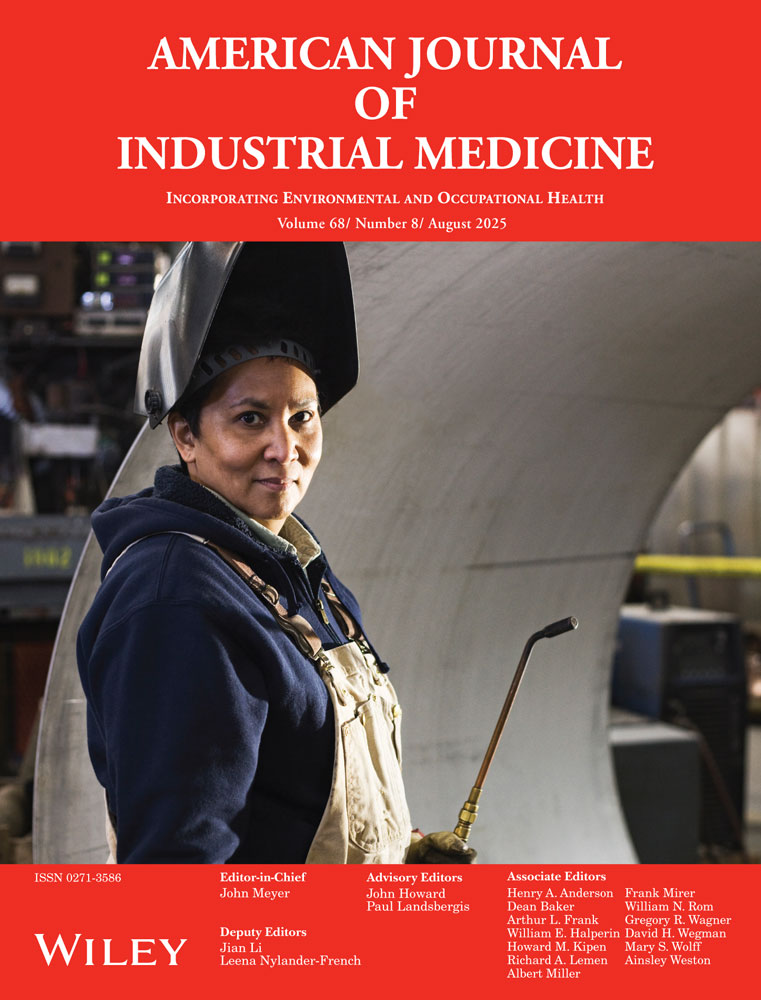Nested case-control analysis of high pesticide exposure events from the Agricultural Health Study
Abstract
Background
A nested case-control analysis of high pesticide exposure events (HPEEs) was conducted using the Iowa farmers enrolled in the Agricultural Health Study (AHS).
Methods
In the 12 months of the study, 36 of the 5,970 farmer applicators randomly chosen from the AHS cohort (six per 1,000 farmer applicators per year) met our definition of an HPEE, by reporting “an incident with fertilizers, weed killers, or other pesticides that caused an unusually high personal exposure” resulting in physical symptoms or a visit to a health care provider or hospital. Eligibility criteria were met by 25 HPEE cases and 603 randomly selected controls.
Results
Significant risk factors for an HPEE included: poor financial condition of the farm which limited the purchase of rollover protective structures OR = 4.6 (1.5–16.6), and having a high score on a risk acceptance scale OR = 3.8 (1.4–11.2). Other non-significant factors were also identified.
Conclusions
The limited statistical power of this study necessitates replication of these analyses with a larger sample. Nonetheless, the observed elevated odds ratios of an HPEE provide hypotheses for future studies that may lead to preventive action. Am. J. Ind. Med. 39:557–563, 2001. © 2001 Wiley-Liss, Inc.




